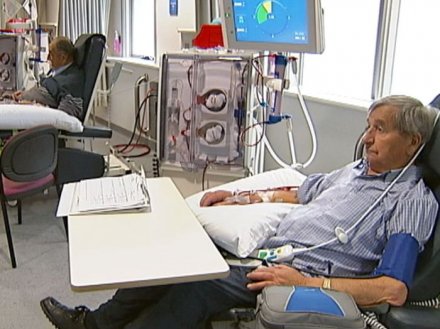LONDON|HL
The global renal dialysis equipment market will rise steadily from $14.44 billion in 2015 to over $18 billion by 2022, representing a Compound Annual Growth Rate (CAGR) of 3.48%, according to research and consulting firm GlobalData.
The company’s latest report states that this growth, which will occur across the 10 major markets of the US, France, Germany, Italy, Spain, the UK, Japan, Brazil, China, and India, will primarily be driven by aging populations, growing awareness of therapeutic modalities, expanding demand in emerging countries, and technological innovation within the sector.
Tina Deng, MSc, GlobalData’s Analyst covering Medical Devices, explains: “Strong demand for innovative products and therapies is one of the main growth factors in the renal dialysis market, as new technology improves the outcomes of dialysis treatment. Most notably, peritoneal dialysis will see robust growth over the forecast period, at a CAGR of 6.92%.
“Although hemodialysis has dominated the treatment space to date, the unique features of peritoneal dialysis mean it is gaining popularity. Firstly, it is less psychologically stressful than hemodialysis, as it does not use needles or require as much food and fluid restriction. Secondly, it gives patients more freedom, as it can be carried out at home and does not require the infrastructure of dialysis clinics.”
Peritoneal dialysis will be particularly important in Asia-Pacific markets, seeing a CAGR of almost 10%. This is in line with a general trend of emerging economies such as China, India, and Brazil demonstrating stronger growth than global averages due to large untreated disease populations starting to receive help.
There will also be continued innovation within other segments of the renal dialysis market. For example, new hemodialysis machines equipped with blood volume monitors and dialysis dose monitors help clinicians assess the condition of individual patients and personalize dialysis treatment.
Deng continues: “Information technology has changed people’s perception of medical devices and will further impact the choice of dialysis modality. For example, Nx2me, a mobile application developed by NxStage Medical, Inc. in the US, allows end-stage renal disease patients using a home hemodialysis system to have their treatment data sent wirelessly to the clinician.
“By having sufficient assistance from healthcare teams, home-based dialysis patients will have more freedom and confidence in self-administered treatment.”










